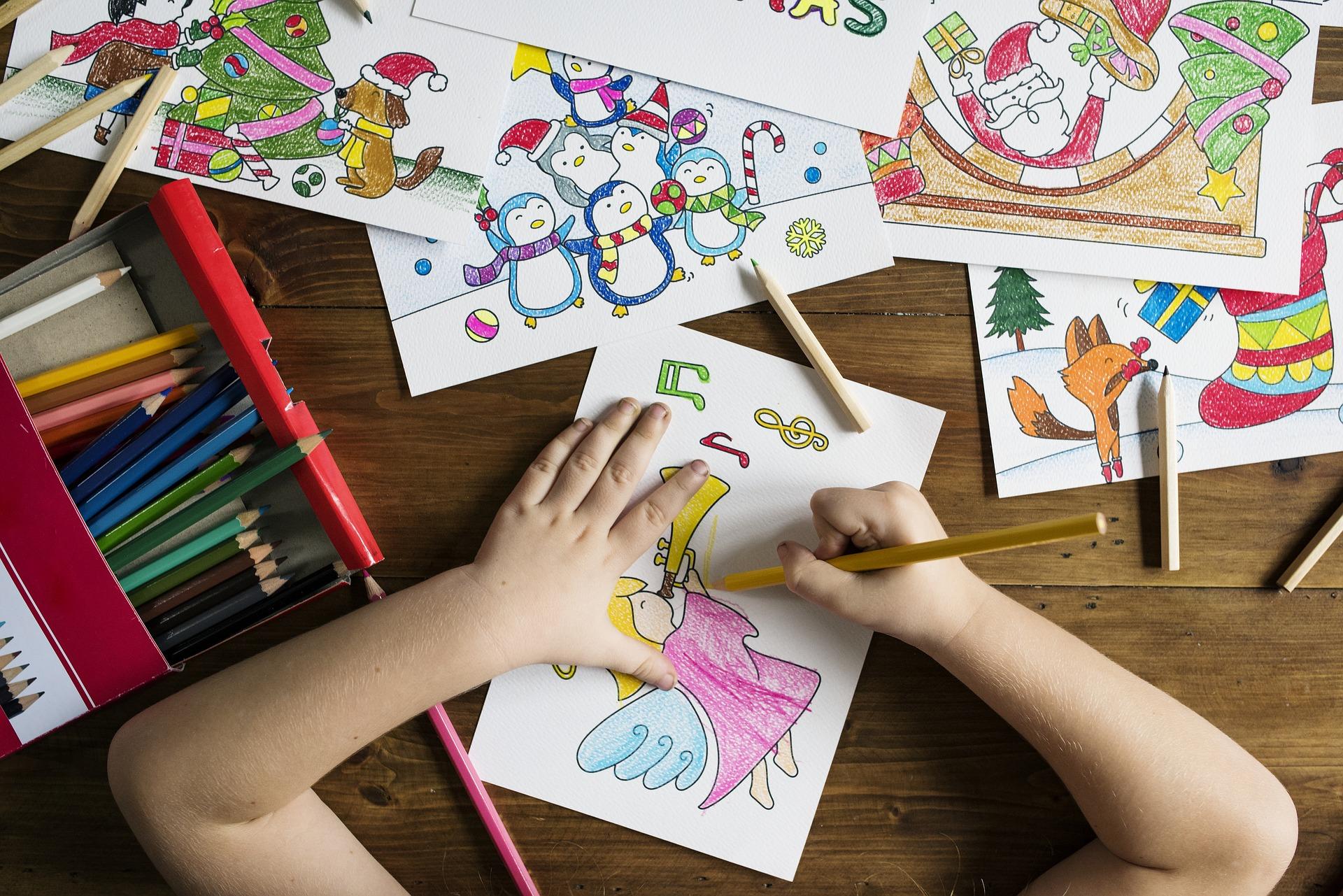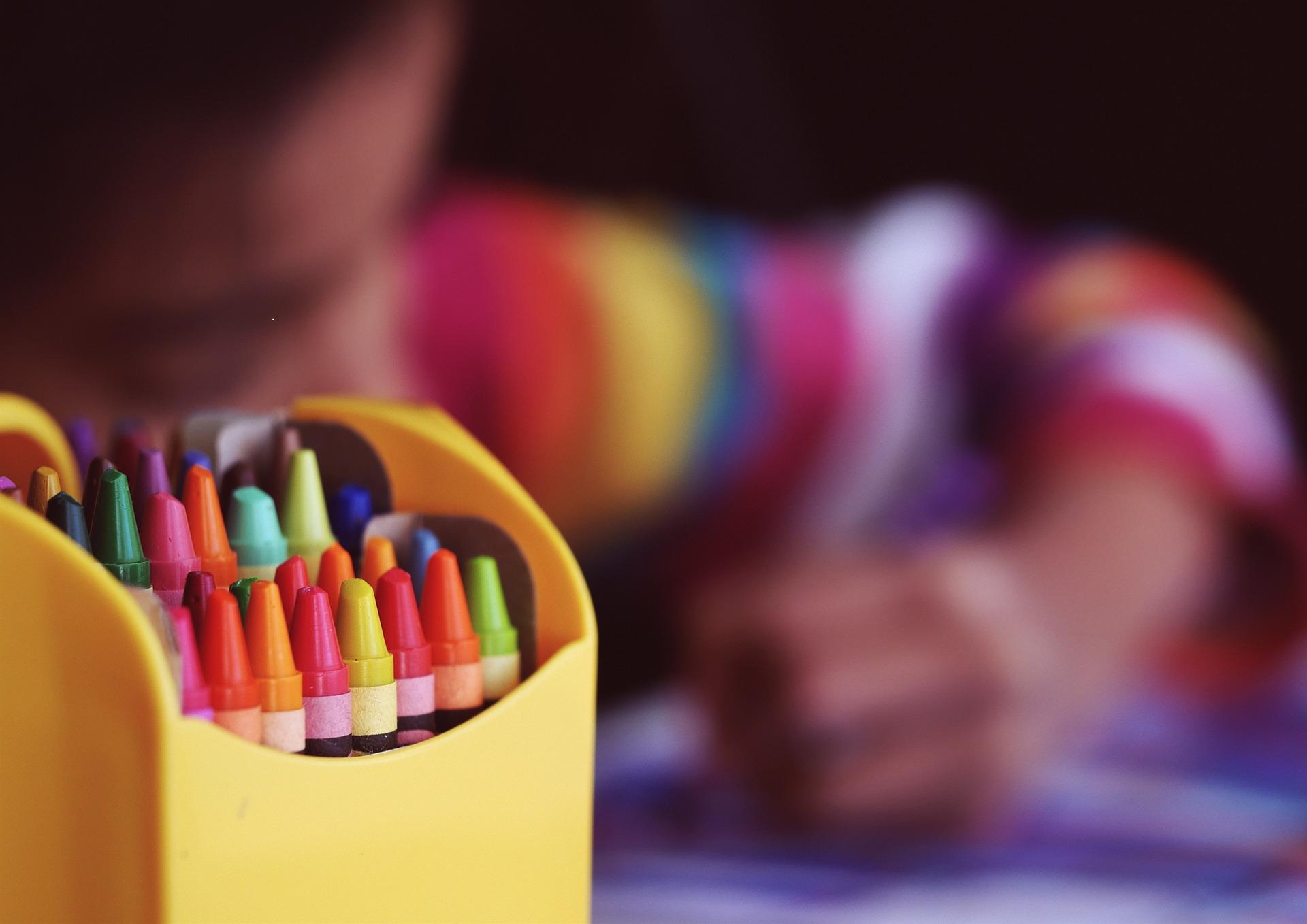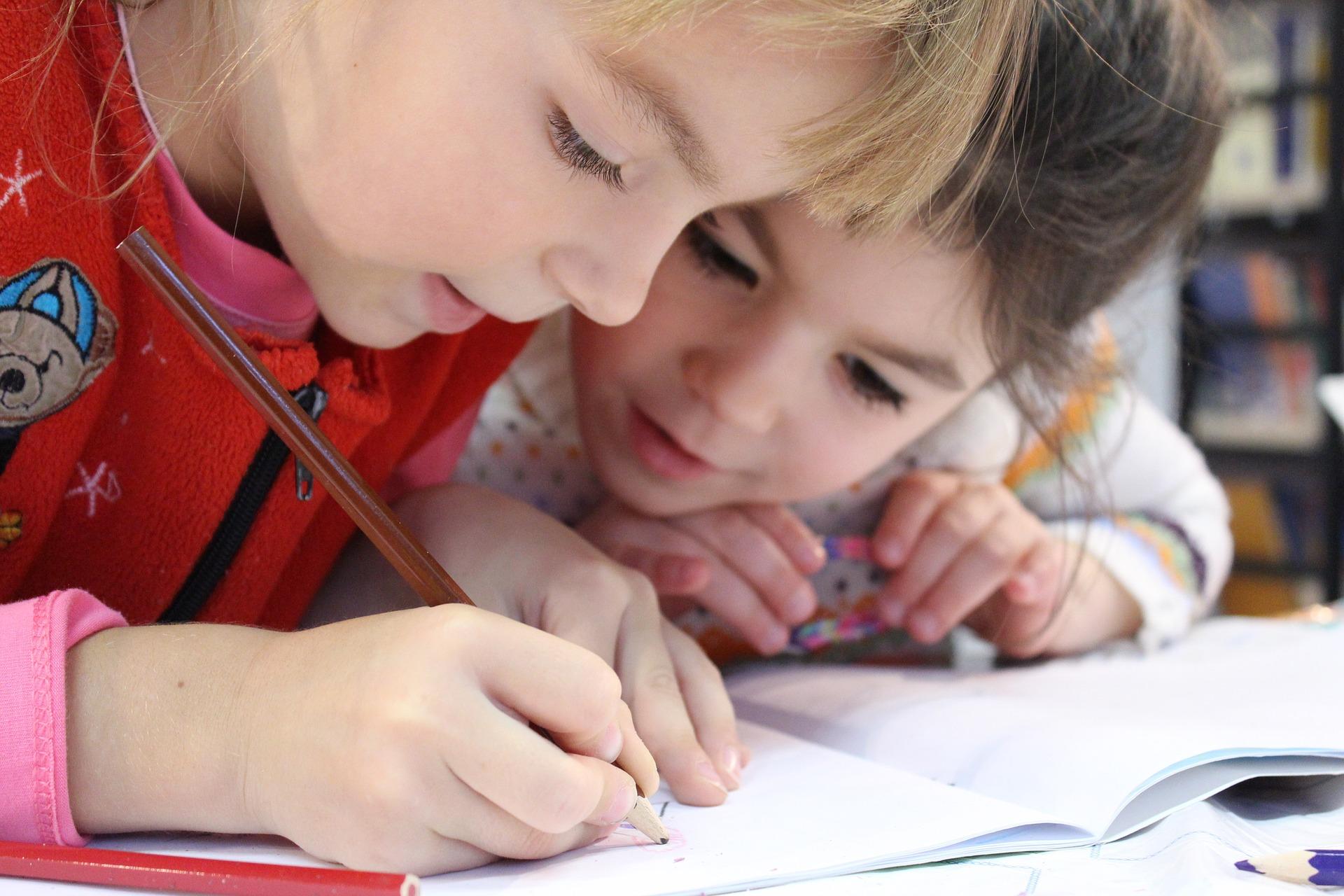Our children are beautiful. They are wonderfully made. They have so many strengths that are much more than a special needs diagnosis. Misty of Joy in the Journey.
Learners who suffer from dyspraxia are suffering from a neurological condition that affects the fine motor skills and coordination of these learners. You may very well find learners in your class who have been diagnosed with dyspraxia. One thing that you can note is that dyspraxia doesn't affect intelligence in any way. However, dyspraxia may lead to learners experiencing cognitive problems.
If you do find learners with dyspraxia in your classroom, you must certainly support these learners. Support is the best possible thing that you can offer to learners who are dealing with dyspraxia. The thing is these learners may not only be the clumsier children in your classroom, but also the ones who struggle quite a bit with planning and actually doing.
So, to support learners with dyspraxia, you must help them to plan and to actually do. In this article, we will focus on how exactly you can support learners with this development coordination disorder. If you support learners with dyspraxia well, you will help them to succeed in school and later in life.
In your classroom, you may even have to support learners with autism spectrum disorder too, so learn how to support autistic learners.
Want to give private lessons?
Join the Superprof community and share your knowledge with inquiring and motivated students.
The Meaning of Dyspraxia
To understand how you can help learners with dyspraxia, you need to be able to recognise the signs of students that have dyspraxia. Dyspraxia refers to learners who lack the necessary fine motor skills and coordination to perform certain tasks.

So, what does dyspraxia mean in the classroom?
It means that learners who have been diagnosed with dyspraxia find it very hard to perform tasks such as writing, getting dressed themselves, or even tying shoelaces. This hinders the student's performance at school when it comes to tasks such as writing and the manipulation of objects.
In turn, students with dyspraxia who struggle with gross motor skills tend to have poor timing, a lack of balance and find it hard to control movements.
When children with dyspraxia are accepted into mainstream classrooms, their biggest struggle is that they are often labelled as being, "clumsy," by other learners. This could lead to them getting a complex. It is important to step in and make sure that these learners are not getting teased by other learners. You need to downplay their condition as best as you can even though students suffering from dyspraxia tend to also get checked for other neurological impairments like cerebral palsy, muscular dystrophy, multiple sclerosis, or Parkinson's disease.
Now that you know what dyspraxia is, you as a teacher need to work on supporting learners who need help writing. You also need to make sure to help these learners learn the subject content necessary for them to pass each grade.
Knowing what dyspraxia is will help you to note that children suffering from dyspraxia are not suffering with any intellectual impairment, but rather just require assistance with performing tasks and certain actions.
Again, the approach that you will take when it comes to helping students with dyspraxia would be slightly different from the approach that you would take when helping students with dyslexia. If you have dyslexic students in the classroom, you can refer to these useful tips.
Supporting Students with Dyspraxia in the Classroom
First, as a teacher, you ought to understand that a student diagnosed with dyspraxia does not have any learning disabilities. In this way, students with dyspraxia can learn just as quickly as the other students in the class as long as you employ teaching strategies that acknowledges that these students are intellectual beings much like other students, however, their fine motor skills are not yet developed properly. Projects in mathematics and science which are physical tasks that deal with perception, movement, or motor planning may be difficult for these learners.
Again, there may be students in your class who suffer from developmental verbal dyspraxia. Usually, parents of students suffering with developmental verbal dyspraxia reach out to speech-language pathologists who help their children with their speech impairments. Yet again, you will support these students through verbal interaction in the classroom.
You need to support these students in the best way that you possibly can and one of the main qualities that you need in order to do so is patience. You need to be patient with these learners as they do struggle to come up with ideas and to organize these ideas. Due to the fact that these students' brains work in a way where they find it harder to organize ideas, you won't win if you get frustrated in any way. Patience is key and a good idea to help these learners to get the task done is to help the learner to get started. Once the learner is given a start, he or she will be able to continue with the activity.
For learners with developmental verbal dyspraxia, it helps to physically demonstrate the activity instead of simply explaining the task.
You need to remember that children with dyspraxia hardly ever choose to lead. They take time processing ideas so that makes it harder for them to take the lead. Therefore, you need to support these learners and encourage them with extra opportunities so that they can get the chance to actually do something first instead of just following blindly.
If you are struggling to help students with dyspraxia in the classroom, start giving private tutorial lessons. When you learn how to work with private students who battle with dyspraxia, it is easier to bring the knowledge that you have gained into the classroom situation. In that way, you can bring everything that you have learnt from these tutorial lessons into the classroom. Having experience with students with dyspraxia before you enter the classroom is beneficial.
Want to give private lessons?
Join the Superprof community and share your knowledge with inquiring and motivated students.
Teaching Strategies for Dyspraxia Students
As a teacher, you need to know when your lesson plan needs to be adapted specially to meet the needs of students who have special educational needs. Since students with dyspraxia struggle with writing which can hinder their self-confidence, a good strategy would be to modify your lesson plan, so that there is not an overwhelming amount of writing that learners need to do for the day.

The duty of a teacher is to be more than just a teacher but a coach too. As a coach, you have the pastoral duty to boost learners' confidence as all children are smart, you just need to help them to understand that they can do anything they set their mind on. Also, by acting as their coach, coach them so that they understand that there is value in getting something done. Make sure that you give these students suffering with dyspraxia more care and assistance.
Again, the best thing you can do as a teacher is to monitor all your students at all times. You may suspect, due to coordination issues, that a child has dyspraxia. In this case, it becomes your duty to inform the child's parents about it. Of course, as a teacher, you cannot diagnose the child with dyspraxia, however, it’s certainly worth bringing up to the child's parents so the child can be tested. This will then help parents, family, friends to know how to assist the child diagnosed with dyspraxia.
Childhood Dyspraxia Signs
A teacher’s role is to both educate and support their students, once you know which learners face what type of learning disability in your class, it becomes far easier to help these learners and to adapt lessons according to their needs.

What are the signs that you should look out for?
In Grade R classes, you will notice the signs of dyspraxia if you find that a certain learner is experiencing:
- Difficulty holding their spoons or forks while eating
- Difficulty in terms of throwing and catching a ball
- Hardship performing colouring-related activities
In foundation phase, the signs to note with regards to learners with dyspraxia become easier to see as these learners:
- Find it difficult to hold a pencil
- Have terrible handwriting
- Find drawing simple 2D shapes difficult
Older learners suffering with dyspraxia find it extremely hard to differentiate between visual and spatial relationships and will struggle with subjects like geometry. Typing, like writing, becomes harder for these older learners.
Read about teaching struggling students and those with additional educational needs.
Helping Dyspraxia Students to Prepare for the Future
All students do not consider their future at all while they are at school. Students with dyspraxia also do not consider what their futures will be like. As a teacher you have to be firm in your role to help students to prepare for their futures by instilling in them the necessary knowledge and skills to help them to succeed. 
Dyspraxia is one of many challenges that school children can face. (Source: Free-Photos)
When dealing with students, you need to teach them that what matters the most is how they see themselves. While students with dyspraxia will struggle with many tasks, they will see the ability to complete the task more positively if they believe in themselves. Developing a positive sense of self-esteem from a young age is essential so that these learners can do better and thrive in the real world.
Again, while students with dyspraxia are not well-coordinated, there is no reason why they cannot succeed. By encouraging these students to partake in hands on activities, you are telling them that sometimes struggling is necessary. The more you praise them as they try to use their fine motor skills, the more they will want to keep trying.
While students with dyspraxia find it harder to complete projects, you need to get them involved in projects so that they can gain a better idea of what will be expected of them in the future. Projects are also an excellent way to teach children that everything starts from an ideation phase, and you need to make sure you develop your idea and see your idea through right until the end.
Again, as a teacher you may not have all the answers as to how to deal with students who have dyspraxia so rely on other teachers who teach students with dyspraxia to help you. If teachers collaborate to help overcome the hurdles they face with certain students, they reap better results. Start conversations with other teachers about how to work with learners with dyspraxia and those who have other learning disabilities and you might learn so much more.
It was Albert Einstein who said, "Everybody is a genius. But if you judge a fish by its ability to a climb a tree, it will live its whole life thinking it's stupid." Therefore, never judge a student with dyspraxia by his or her ability to be well-coordinated, judge them for the other strengths that they bring to the table.
Want to give private lessons?
Join the Superprof community and share your knowledge with inquiring and motivated students.





